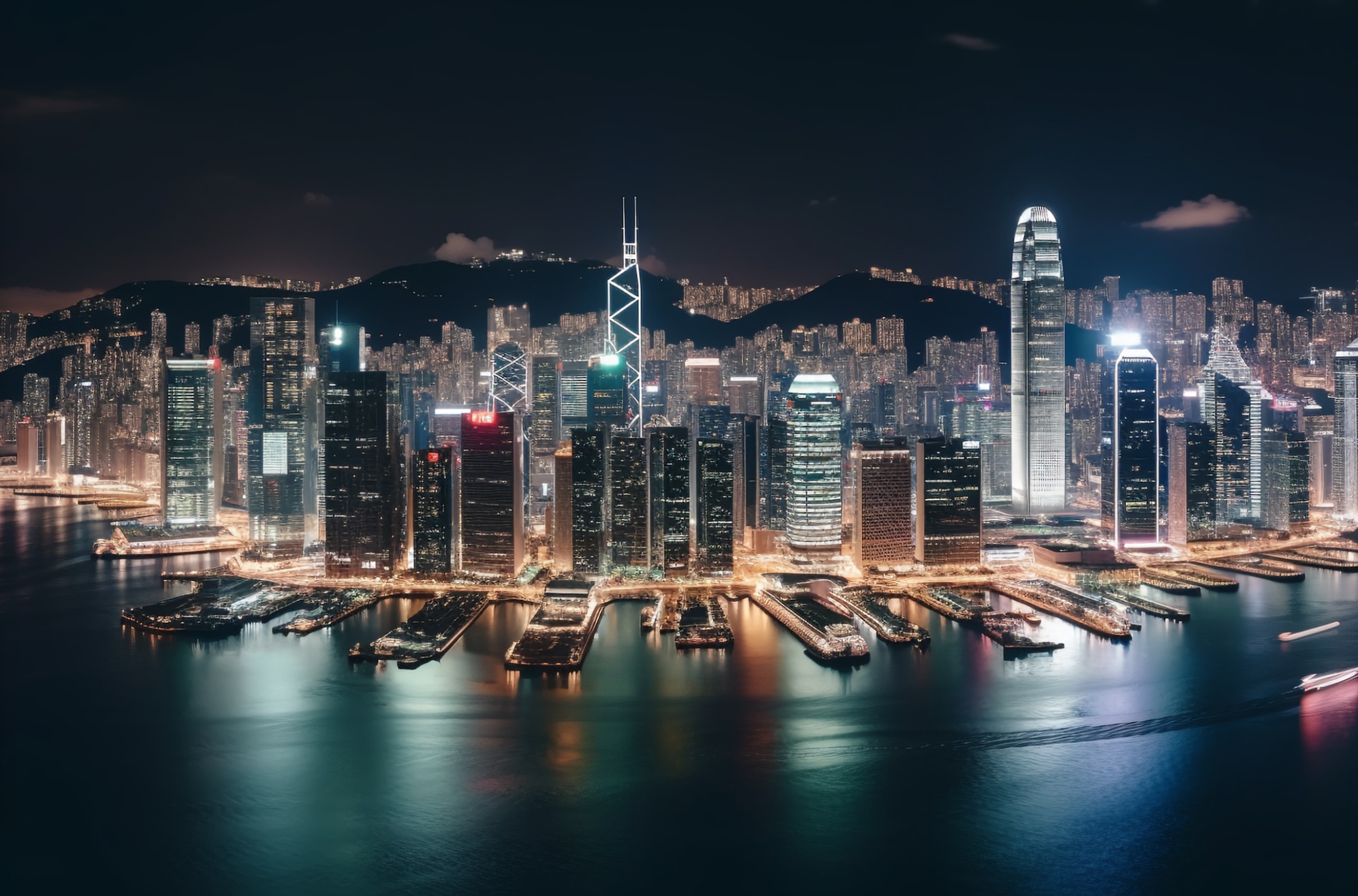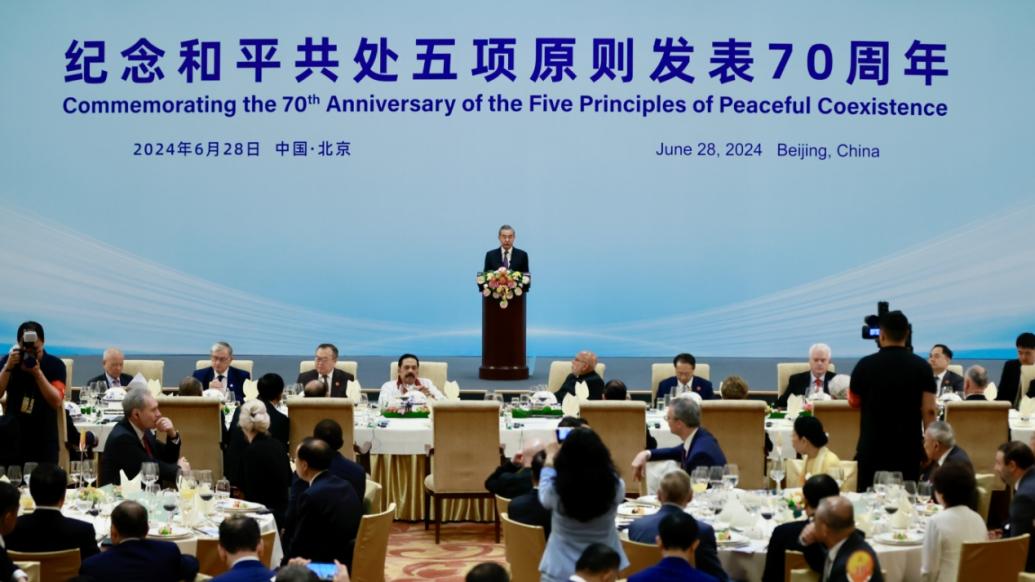
By Tai Wei Lim
Malacca in the Maritime Silk Road Connectivity
After Malacca attained the UNESCO World Heritage Site status, the Malaysian government appears to have bigger plans for this city besides augmenting its heritage-based gentrification and enhancing its tourism potential. Malacca seems to be drawing interest from infrastructure developers overseas.
In November 2015, the Malaysian Minister of Transport Liow Tiong Lai played host to Chinese transport minister Yang Chuantang at Pulau Melaka’s Malacca Gateway project, a project with an estimated gross developmental value of RM 40 billion spanning 246 hectares. Upon completion in 2025, the project will be the largest private marina in Southeast Asia with 12 precincts, including residential, commercial, cultural, entertainment and lifestyle elements.
In July 2016, Liow said that Beijing may be welcomed to construct a 120-km wide port facility in Malacca’s Carey Island as part of the Malacca Gateway project. This island has a strategic location in the maritime space in the Straits of Malacca between Port Klang and one of the 3 artificially-reclaimed islands that China will be working with Malaysia to develop. The Malaysian transport minister highlighted technology transfer, human capacity building, manpower training, Chinese port technical expertise, and freight forwarding and container transfer hardware as strategic areas of cooperation that could be financed though the Maritime Silk Road Fund or the Asian Infrastructure Investment Bank (AIIB).
According to Chinese state media statistics, approximately 70 to 80 percent of vessels traversing the Straits of Malacca originate from China, and management control of the port facilities is the responsibility of Malaysia. The Malaysian Transport Minister hoped to capture the Chinese-originated traffic passing through the port facilities while attracting their operations to the region as part of China’s One Belt and One Road push, with the vision of chalking up RM 640 billion worth of bilateral trade by 2018 or 2019. The Chinese ports of Dalian, Shanghai, Ningbo, Qinzhou, Guangzhou, Fuzhou, Xiamen, Shezhen, Hainan, and Taicang will cooperate with the six Malaysian ports of Port Klang, Malacca, Penang, Johor, Kuantan and Bintulu as part of this “alliance.”
Chinese ambassador to Malaysia Huang Huikang characterized his country’s USD 10 billion investment in this project as a component of its Maritime Silk Road initiative, with the aim of accelerating trade by cutting down on goods getting stuck at the customs. The scale of the project means that national leaders are keen to see the plan succeed and during the ASEAN summit in Kuala Lumpur in November 2015, Chinese Premier Li Keqiang took a few hours off his planned itinerary to tour Malacca.
This is an ambitious vision and it remains unclear whether it will be eventually attainable. It is also unclear what the impact will be on Malacca’s gentrification and tourism processes. Analysts will be observing the evolving developments ahead.























Leave a Reply
Your email address will not be published. Required fields are marked *